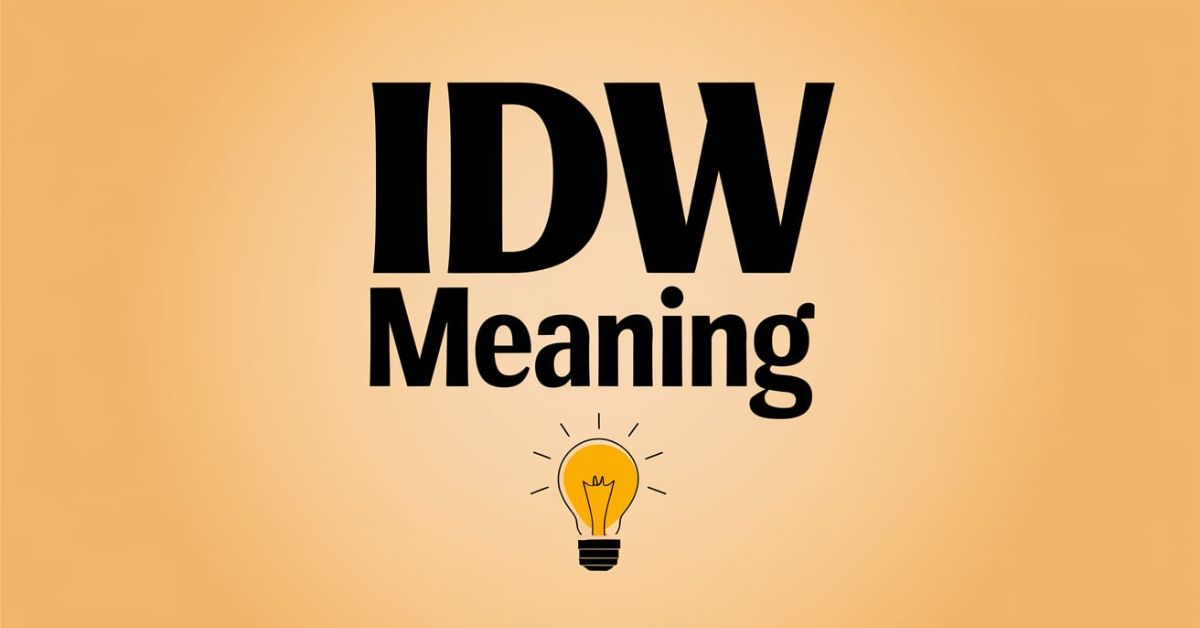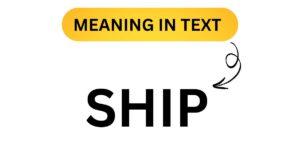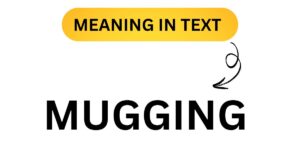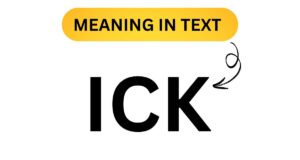IDW meaning might sound a bit mysterious at first, but once you understand it, you’ll see how powerful it can be. Whether you’re a fan of tech, gaming, or data analysis, knowing what IDW stands for can open up a world of possibilities. It’s a term used across various industries, but the core idea is simple – it’s about how data points are weighted and used to make predictions or decisions.
Curious yet? Stick with us as we dive deeper into what IDW means and how it impacts everything from algorithms to real-world applications. You’ll see why this concept is so much more than just a set of letters!
What Does IDW Mean?
Let’s start by breaking it down. IDW stands for “I Don’t Want.” Simple, right? It’s one of those common acronyms that teens use in text messages and online conversations to quickly express their disinterest or refusal about something. Whether it’s rejecting a plan, dismissing an idea, or even just saying no in a fun way, IDW has become a shorthand way to communicate that they’re not feeling it.
So, next time your teen says, “IDW to go to that party,” you can stop imagining some crazy, obscure tech term and just understand that they simply don’t want to go. Now, let’s take a look at how it’s used in real life – so you can impress your teen with your new knowledge of their secret code!
Real-Life Examples of IDW
Teens are all about efficiency, so why waste time writing out full sentences when you can abbreviate? IDW is a prime example of this. Here are a few scenarios where you might hear your teen drop an “IDW”:
- The Party Dilemma: Your teen has been invited to a friend’s house party, but they’re not feeling it. Instead of saying, “I don’t want to go to the party because I’m too tired,” you might see them text, “IDW to go to that party. I’m staying in tonight.”
- The Boring Task: Let’s say you ask your teen to help you clean the garage. Instead of a long-winded explanation, they might hit you with an “IDW” text. It could look something like, “IDW to clean the garage today. I have other plans.”
- The Social Situation: Maybe they’ve been asked to hang out with a friend they’re not super close with. A quick “IDW” would save them from writing a whole paragraph about how they’d rather be doing something else.
These are just a few examples, but you get the idea: IDW is short, sweet, and to the point. Teens are all about getting straight to the heart of the matter, and this is one of their favorite ways to do it.
Why Do Teens Use IDW?
You’re probably thinking, “Why not just say ‘I don’t want to’ like a normal person?” Well, there’s a method to their madness. Teen slang is all about efficiency and staying ahead of the game. By using acronyms like IDW, they’re saving time while also adding an extra layer of coolness to their communication.
It’s also worth noting that using acronyms is a way for teens to carve out their own space in the digital world. It’s their little form of rebellion, a way to make the adult world feel just a little bit out of reach. They love feeling like they’re in the know, and these terms help them do that. Plus, texting is a fast-paced environment where every character counts – so why waste time typing “I don’t want to” when “IDW” gets the point across in just three letters?
IDW in the Context of Teen Culture
Teenagers are constantly shifting between different online spaces. They might use IDW on Snapchat, throw it around in a gaming chat, or casually text it to friends. It’s like they have a toolkit of shorthand for different situations. This makes sense when you think about how much of their world revolves around technology and digital communication.
The slang they use isn’t just a random collection of words; it’s part of a bigger cultural wave where each new generation invents its own way to communicate. And as parents, it’s crucial to understand that these terms are more than just silly abbreviations – they’re markers of identity. Teens love to be part of a group, and using slang is a way of signaling that they belong. So, when they say IDW, they’re not just being lazy with their typing – they’re engaging in a little piece of teen culture.
IDW vs. Other Teen Acronyms
IDW isn’t the only acronym your teen is likely using. In fact, there’s a whole lexicon of teen slang that revolves around three-letter abbreviations. Here’s a quick breakdown of some other popular acronyms you might hear:
- TBT (Throwback Thursday): Your teen might post an old photo on social media with the caption “TBT.” This is their way of sharing nostalgia and reliving the past. So, when they post an awkward childhood photo, it’s not just embarrassing – it’s part of a cultural tradition.
- FOMO (Fear of Missing Out): This is a classic. Your teen is worried about not being part of the latest trend or missing a party, and they’ll casually drop, “I have serious FOMO” to explain their anxiety about being left out.
- YOLO (You Only Live Once): This one is pretty self-explanatory. When your teen is doing something risky, fun, or slightly questionable (like jumping off a balcony into a pool), they might justify it with “YOLO.” Because, hey, life’s too short, right?
- SMH (Shaking My Head): If your teen is reacting to something ridiculous or unbelievable, they’ll likely use SMH. “She actually did that? SMH.” It’s a simple way to show their disapproval or disbelief.
All of these acronyms are part of a bigger picture where teens can express emotions, reactions, and even make decisions in a single, powerful abbreviation. It’s like their own secret language, one that you can learn to decode (with a little help, of course).
Common Questions About IDW
You might be wondering: does IDW only mean “I don’t want”? Or can it have multiple meanings depending on the context? Let’s clear up some confusion!
- Can IDW mean something else? While “I don’t want” is the most common meaning, there’s always a chance that teens might use it in a different way depending on the situation. But don’t stress – if your teen is using it, it’s almost always a shorthand for not wanting to do something.
- How can I respond to IDW without looking out of touch? Don’t panic! You can reply with a simple “Okay” or even, “No worries, I understand.” If you really want to show you’re cool, try responding with your own teen slang like “TMI” (too much information) or “LOL.” Just don’t overdo it – the key is to be casual, not try too hard.
- What if I hear IDW in a conversation but I don’t know what they’re talking about? That’s totally fine! You don’t need to understand everything immediately. Ask them! “Hey, what does IDW mean?” can open up a conversation and help you stay connected with your teen. Plus, they’ll appreciate that you’re showing interest in their world.
Final Thoughts
Now that you’re a seasoned IDW expert, you can confidently navigate conversations with your teen without feeling like you’ve just stumbled into a foreign language class. And who knows – next time they text you something with an IDW, you might just give them a little wink and reply, “I totally get it.”
Teens are constantly evolving their slang, and keeping up with it isn’t just about being “cool” – it’s about staying connected. So, now that you’ve got one acronym under your belt, keep your eyes peeled for the next one. Who knows what they’ll come up with next? One thing’s for sure: you’re now officially in the know. What do you think of teen slang? Let us know if you’ve heard any other mysterious acronyms recently!









